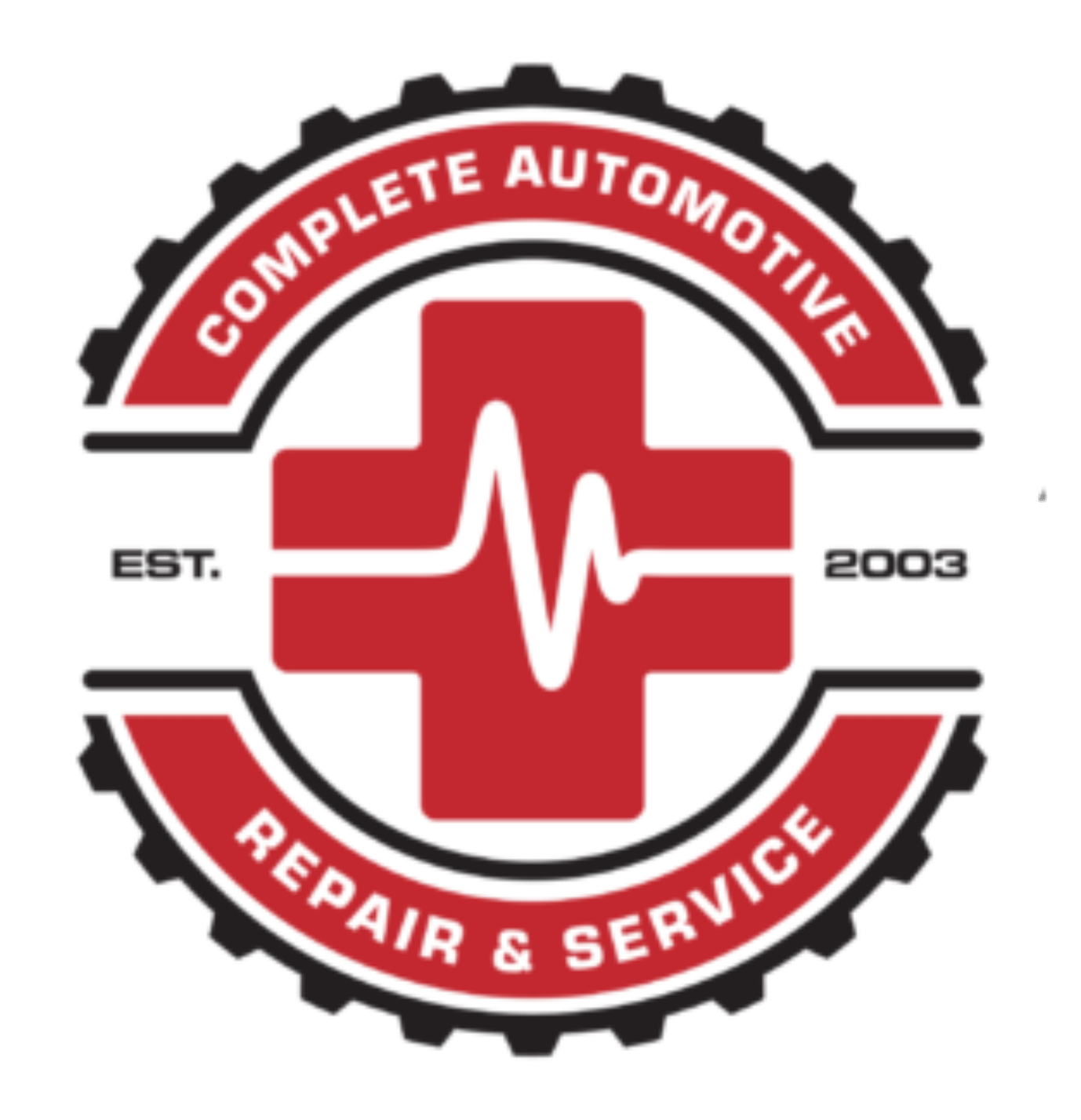[ad_1]
The symptoms of a bad radiator aren’t always obvious. Although the radiator is the largest, and most visible component in your vehicle’s cooling system, it is but one of several areas under your hood where coolant can get out of control and start to cause problems.
Suspicious that your radiator might be the culprit in your latest round of cooling woes? Check out these four tips that can help you spot a radiator that is on its way out.
1. Visible Coolant On the Radiator Itself
Your radiator should be bone dry at all times — as in, the coolant is completely encapsulated by the unit, with no leakage or spilling. Visible coolant is one of the symptoms of a bad radiator in almost every case. If you see coolant visible on the fins, that indicates that they have been perforated and that antifreeze is starting to ooze out. If you see it running down the sides, that could indicate a leak at the seams, or where the plastic cap meets the metal cooling body.
Leaks that are near the hoses, however, could be a sign that the connection isn’t tight enough, or that the hose has worn through. If you see coolant around the filler, then that may also be showing a cap that can no longer hold tight when the radiator is pressurized.
2. Bent or Mashed Fins
Your radiator’s fins are what allows for the heat exchange that cools down your engine’s antifreeze as it moves through it. If they become bent, or mashed together, then they can start to lose the efficiency necessary to completely cool your motor. If you discover a lot of damaged fins, it could be time for a new radiator.
3. Corrosion
Steel radiators are exposed to the same elements that can cause other parts of your vehicle to rust. A rusty radiator is vulnerable to perforation, poor sealing with its hoses, and general weakness while it is pressurized. If your radiator looks rusty, it’s worth having it inspected by a mechanic you trust before it fails.
4. Overheating
It might seem obvious, but one of the major symptoms of a bad radiator is your engine overheating. Although the heat gauge rising in your vehicle can have many causes, it’s not a bad idea to look to the radiator first and verify that none of the above issues are present, and that it is in good condition. Then you can move on to more difficult-to-diagnose issues like hoses, pinprick pressure leaks, connectors, water pumps and heater cores.
Check out all the heating and cooling products available on NAPA Online or trust one of our 17,000 NAPA AutoCare locations for routine maintenance and repairs. For more information on the symptoms of a bad radiator, chat with a knowledgeable expert at your local NAPA AUTO PARTS store.
Photo courtesy of Creative Commons.







